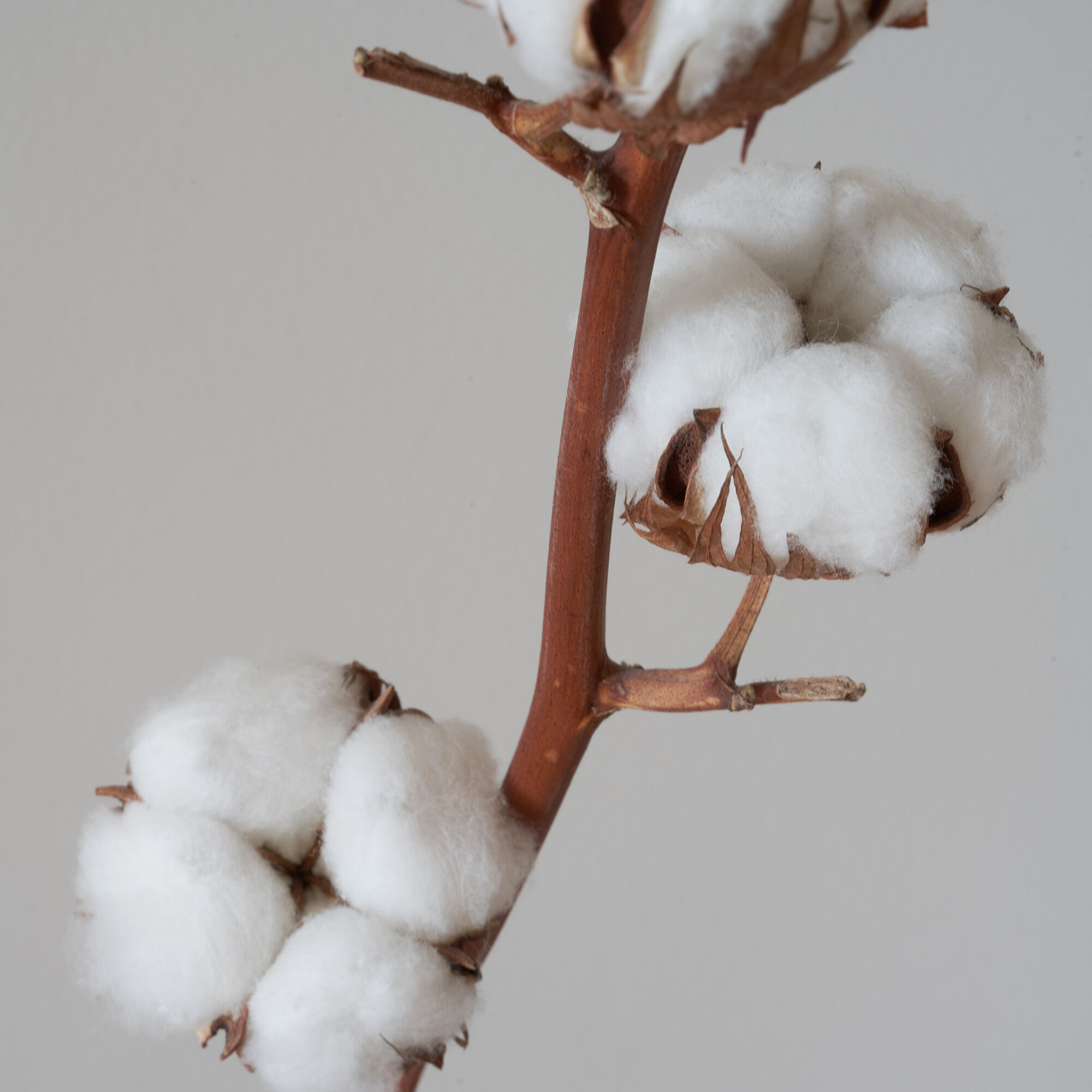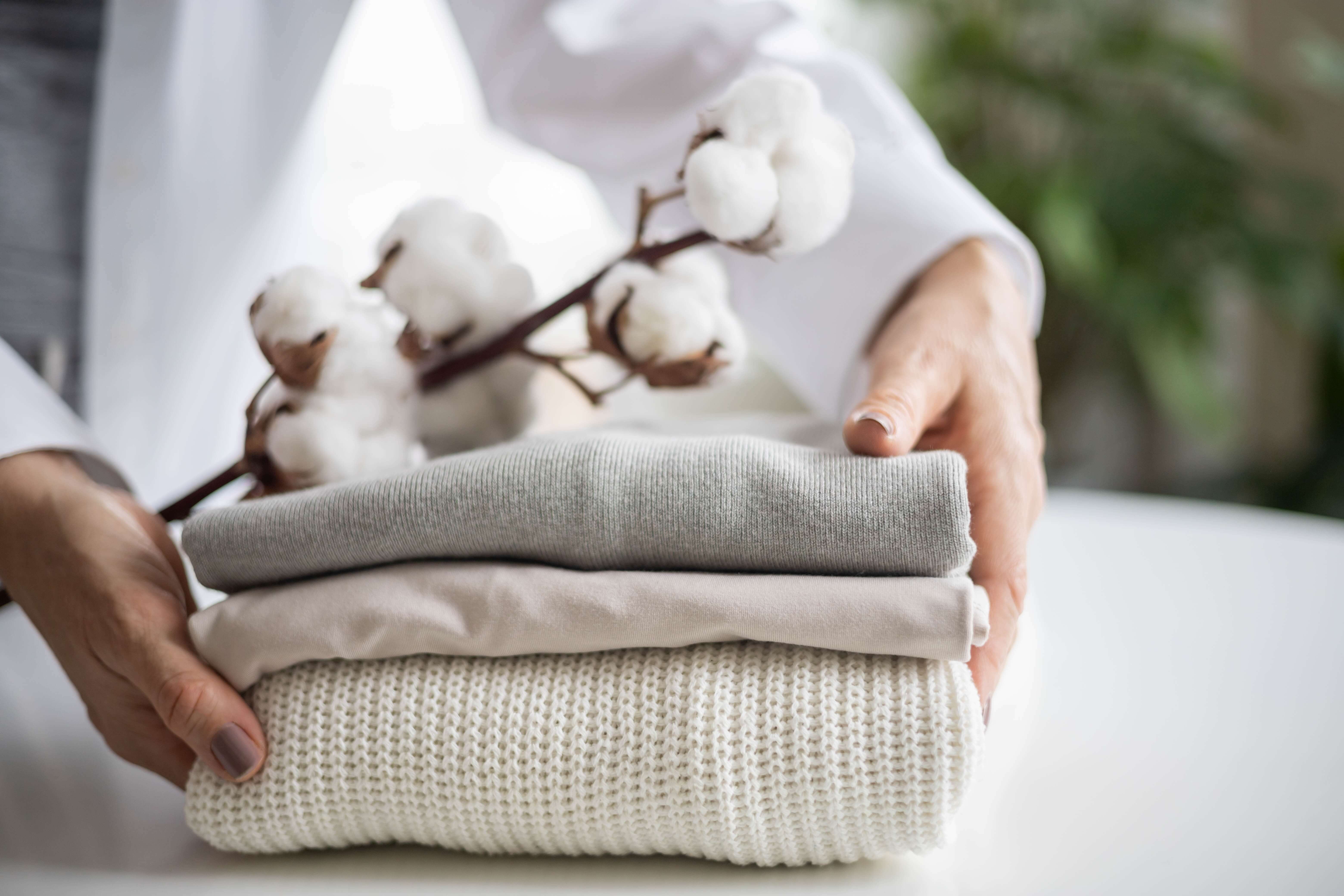Cotton - properly care for the cotton plant

Cotton is known as an old cultivated plant that is grown as an annual for the production of cotton fibres. Yellow, white or red flowers develop on bushes and small trees, from which capsule fruits develop. After ripening, white seed hairs emerge from seed hairs emerge. The capsules are harvested by hand or using picking machines. In our latitudes, cotton can be grown as a potted plant or as an annual shrub and overwintered indoors. For dried bouquets, dried fruit stalks with decorative broken seed capsules are available commercially.
Profile & properties of the cotton plant
Botanical name - What else is cotton called?
Around 20 to 50 species in the cotton genus are botanically called Gossypium and belong to the mallow family (Malvaceae).
Origin
Cotton is considered an ancient tropical crop and has several centres of origin, for example in southern Africa or India and Indonesia, but also north of the Andes. Cotton was being processed as early as 3,000 BC and was already being cultivated in Egypt in 550 BC.
What does a cotton plant look like?

Leaves
The green leaves are hairy and grow alternately and five-lobed with stipules.
Flower colour
The cotton forms yellow, white or purple flowers, depending on the species, which are about 30 cm long.
Fruits
The cotton fruit, a capsule fruit with seeds and white seed hairs, develops from the flowers.
Growth type
Most types of cotton that are cultivated are annual to perennial herbaceous plants, some are also small shrubs.
Growth height - How tall does the cotton plant grow?
The cotton plant can grow up to six metres high - as a shrub or small tree.
Flowering time
In our latitudes, cotton flowers from June to August.
Light
Cotton plants require a bright location with high light intensity.
Soil moisture
Soil moisture must be very high and even for cotton during the sowing and growth phase in summer.
Toxicity
The seeds and root bark of Gossypium are slightly poisonous. This toxic substance is removed during the production of oil. Cottonseed oil is produced for human consumption and used for the production of vitamin E. Cottonseed meal is used as animal feed. is used as animal feed.
Winter hardiness - Is the cotton plant perennial?
Gossypium is not hardy in our latitudes and prefers bright rooms or conservatories. In summer, the plants can be placed in sheltered outdoor locations, such as on the patio or balcony. In winter, the plants should be overwintered indoors or in a conservatory.
What exactly is cotton?
Cotton (Gossypium) is known all over the world as a crop plant and is used as a natural raw material in tropical and subtropical climates for the production of fibres and textiles.
Species
The cotton plant Gossypium arboreum is suitable as a container plant. Four species are grown for professional cotton cultivation:
- Upland cotton (Gossypium hirsutum)
- Pima cotton (Gossypium barbadense)
- Tree cotton (Gossypium arboretum)
- Levant cotton (Gossypium herbaceum)

Care of the cotton plant
Location
A sunny spot with high light intensity is ideal, but also requires a lot of water. However, a semi-shady location is also possible.
Watering
In summer, Gossypium should be watered regularly - via the substrate. In winter, the watering behaviour is adapted to the temperatures, but the substrate should not dry out completely.
Fertilising
During the growing season in summer, fertilise regularly with a liquid fertiliser every 14 days.
Pruning
Gossypium branches out sufficiently so that regular pruning is not necessary. Perennial plants can be pruned if necessary to limit the plant volume.
Overwintering
Temperatures of 10 to 20 degrees Celsius are ideal in winter. Temperatures of 3 to 5 degrees Celsius can also be tolerated for short periods. At higher temperatures, the leaves remain on the branch; at lower temperatures temperature they fall off.
Propagating cotton plants
Cotton can be grown from seed.
Common pests & diseases
Aphids, whitefly and spider mites are observed in summer.
The use of cotton
What is special about cotton?
The natural fibre of cotton is easy to process, for example into textiles that are considered permeable to temperature and air. The hard-wearing natural fibre is washable and can be dyed.

Frequently asked questions
Is the cotton plant a tree?
No, cotton is not a tree, but grows as an annual plant or perennial shrub.












